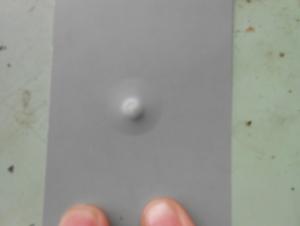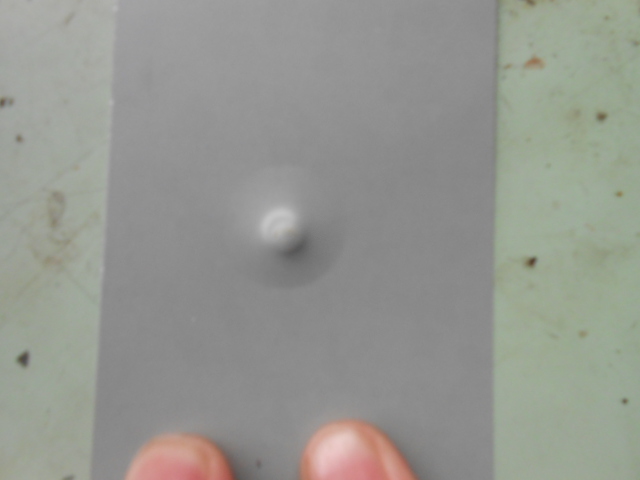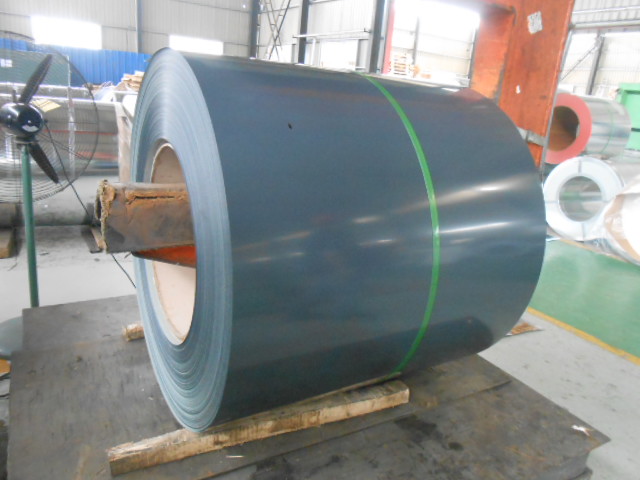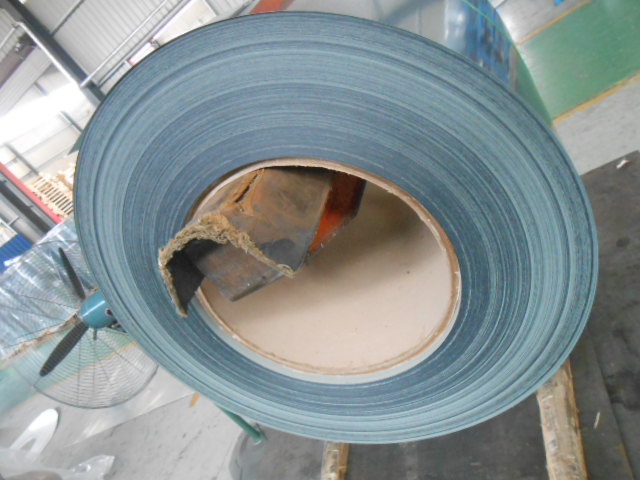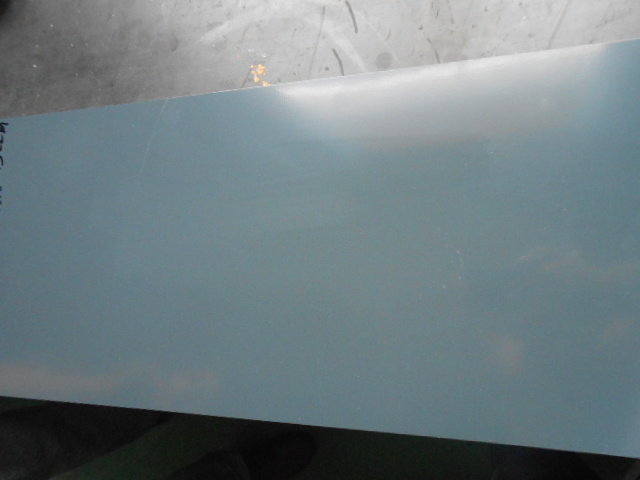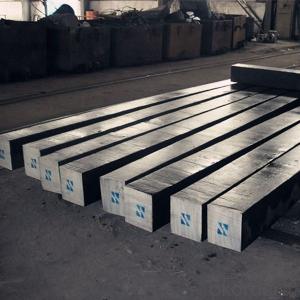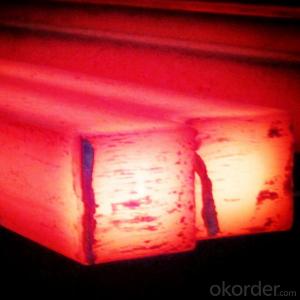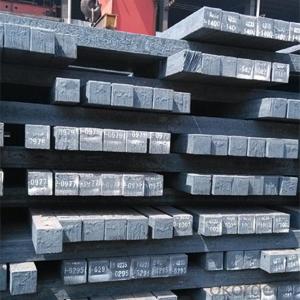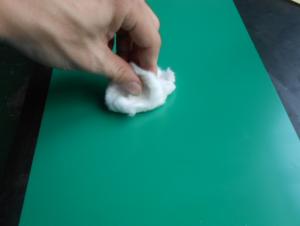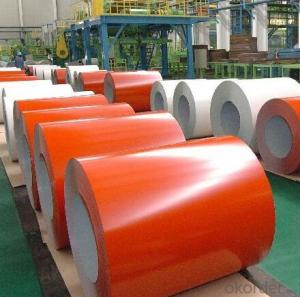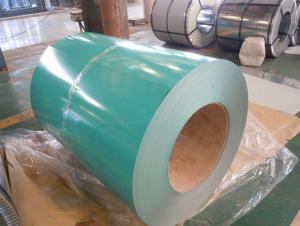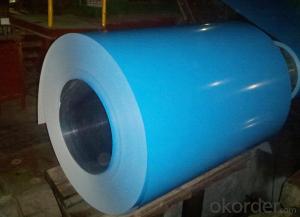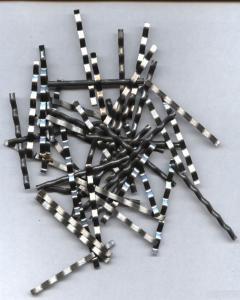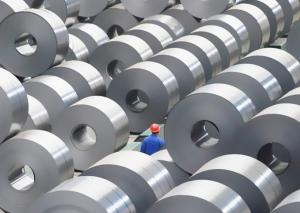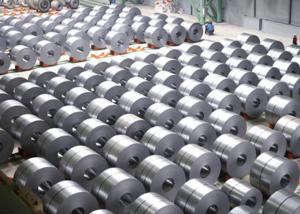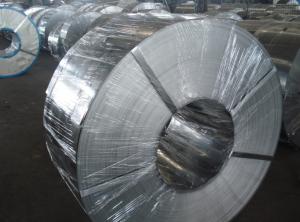PRE-PAINTED GALVANIZED STEEL COIL CHARCOAL GREY
- Loading Port:
- Tianjin
- Payment Terms:
- TT or LC
- Min Order Qty:
- -
- Supply Capability:
- 5000 m.t./month
OKorder Service Pledge
Quality Product, Order Online Tracking, Timely Delivery
OKorder Financial Service
Credit Rating, Credit Services, Credit Purchasing
You Might Also Like
PRE-PAINTED GALVANIZED STEEL COIL
ZINC COATING:60g/m2 (-/+10g/m2)
STANDARD:JIS G 3312
TOP COATING:5+13 micron;5-7 micron
STEEL GRADE:HARD QUALITY (75-90HRB)
COIL WEIGHT:3-6 ton COIL ID:508mm
SIZE:0.40(tct)*925mm*C 350-355m TOLERANCE: THICKNESS:-/+0.02mm; WIDTH:0/5mm
COLOR:CHARCOAL GREY
- Q: How is steel wire rope manufactured?
- Steel wire rope is manufactured through a multi-step process that involves several stages. First, high-quality steel wires are drawn and formed into individual strands. These strands are then twisted together to form a rope core. Next, additional strands are twisted around the core to create the outer layer. The rope is then subjected to heat treatment to enhance its strength and durability. Finally, it undergoes various finishing processes, such as galvanization or lubrication, to improve its resistance to corrosion and reduce friction.
- Q: How is steel tubing used in the manufacturing of automobile exhaust systems?
- Steel tubing is commonly used in the manufacturing of automobile exhaust systems due to its durability, heat resistance, and cost-effectiveness. It is used to create the main body of the exhaust system, connecting the engine to the tailpipe. The steel tubing is responsible for carrying the hot exhaust gases away from the engine, preventing damage to other components and reducing noise. Additionally, steel tubing allows for the installation of catalytic converters and mufflers, which help reduce emissions and control noise levels. Overall, steel tubing plays a crucial role in ensuring the functionality and performance of automobile exhaust systems.
- Q: What are the different types of steel products used in the manufacturing of pet accessories?
- The different types of steel products used in the manufacturing of pet accessories include stainless steel bowls, leashes and collars made from stainless steel chains, steel wire crates, and steel frames for pet beds and furniture.
- Q: How is steel used in the construction of theme parks and recreational facilities?
- Steel is a crucial material in the construction of theme parks and recreational facilities as it provides strength, durability, and versatility. It is commonly used to create sturdy frameworks for roller coasters, water slides, and other thrilling attractions. Steel is also utilized in the construction of grand entrance arches, large canopies, and towering structures that add to the aesthetic appeal of these facilities. Additionally, steel is employed in the creation of support beams, trusses, and other load-bearing elements, ensuring the safety and stability of the entire structure.
- Q: How is steel sheet metal formed?
- Steel sheet metal is formed through a process called cold rolling, where a steel coil is passed through a series of rollers to gradually reduce its thickness and shape it into a sheet. This process can also involve other techniques such as annealing, cutting, bending, and welding to achieve the desired final shape and dimensions.
- Q: How do steel products contribute to the manufacturing and industrial sector?
- Steel products contribute to the manufacturing and industrial sector in several ways. Firstly, steel is a versatile and durable material that is used in a wide range of industries, including construction, automotive, aerospace, and machinery. Its strength and resilience make it ideal for producing components and structures that can withstand heavy loads and harsh conditions. Additionally, steel products enable the production of more efficient and cost-effective machinery and equipment. For example, steel is used to manufacture turbines, generators, and other components in the energy sector, resulting in increased power generation and improved efficiency. In the automotive industry, steel is used to produce lightweight yet strong parts that enhance fuel efficiency and safety. Furthermore, steel products play a crucial role in infrastructure development. Steel is used in the construction of bridges, buildings, and pipelines, providing the necessary strength and stability for these structures. This, in turn, supports economic growth by facilitating transportation, trade, and connectivity. Overall, steel products are essential for the manufacturing and industrial sector as they contribute to the production of durable, efficient, and safe machinery, equipment, and infrastructure.
- Q: What are the properties of heat-resistant steel for high-temperature applications?
- Heat-resistant steel for high-temperature applications possesses several distinctive properties. Firstly, it exhibits excellent stability and retains its strength even at elevated temperatures, allowing it to withstand thermal stress without deformation or failure. Additionally, it has a high melting point, ensuring it remains structurally intact under extreme heat conditions. Another essential property is its resistance to oxidation and corrosion, preventing the formation of detrimental oxides or degradation due to chemical reactions. Moreover, heat-resistant steel often has low thermal expansion, meaning it expands minimally when exposed to heat, reducing the risk of dimensional changes and maintaining its mechanical integrity. Overall, these properties make heat-resistant steel a reliable and durable choice for applications requiring the handling of high temperatures.
- Q: What are the properties of carbon steel for industrial use?
- Carbon steel is a popular choice for industrial applications due to its unique properties. It is a strong and durable material, with a high tensile strength and excellent hardness. Carbon steel is also known for its good thermal conductivity and electrical conductivity, making it suitable for various heating and electrical applications. Furthermore, carbon steel is highly malleable and can be easily shaped and machined, allowing for versatile use in different industries. It is also relatively affordable and readily available, making it a commonly used material in construction, manufacturing, and engineering.
- Q: What are the different types of steel staircases and handrails available?
- There are several types of steel staircases and handrails available, including straight staircases, spiral staircases, curved staircases, and floating staircases. Handrail options include traditional straight handrails, curved handrails, and wall-mounted handrails. These various types of steel staircases and handrails cater to different architectural styles and personal preferences.
- Q: What are the different types of steel fasteners and their uses in machinery?
- There are several types of steel fasteners commonly used in machinery. These include bolts, screws, nuts, washers, and rivets. Bolts are threaded fasteners used to join two or more parts together and provide a strong and secure connection. Screws are similar to bolts but have a different head shape and are often used to hold components in place or to create threaded holes. Nuts are used in conjunction with bolts to secure them in place. Washers are flat, thin discs placed between the nut and the surface of the material being fastened to distribute the load and prevent damage. Rivets are used to permanently join two or more materials together by deforming the ends of the rivet to create a secure connection. Each of these steel fasteners plays a vital role in machinery, ensuring structural integrity, enabling disassembly and reassembly, and providing efficient and reliable operation.
Send your message to us
PRE-PAINTED GALVANIZED STEEL COIL CHARCOAL GREY
- Loading Port:
- Tianjin
- Payment Terms:
- TT or LC
- Min Order Qty:
- -
- Supply Capability:
- 5000 m.t./month
OKorder Service Pledge
Quality Product, Order Online Tracking, Timely Delivery
OKorder Financial Service
Credit Rating, Credit Services, Credit Purchasing
Similar products
Hot products
Hot Searches
Related keywords
